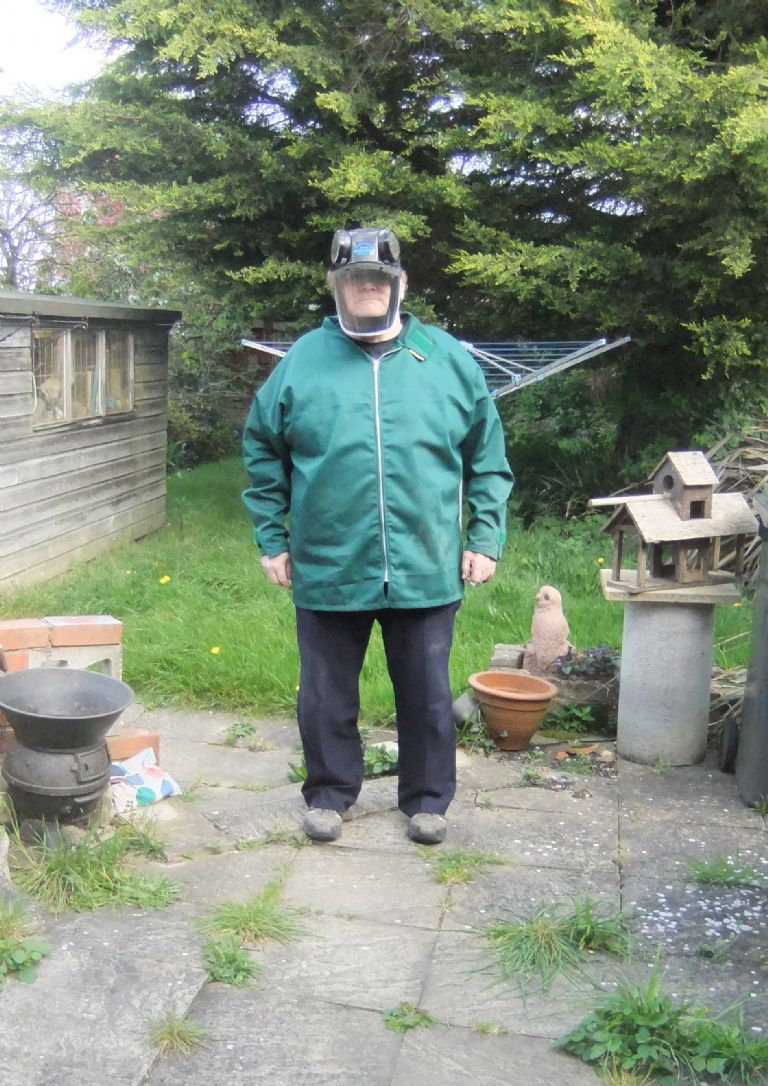When I was moving from machine to machine during my apprenticeship in the toolroom of a plastics factory, Adonis (nicknamed thus as a result of his vanity) was a miller on the Cincinnati next to the milling machine I began using. Whether he was self-conscious or careless I can’t be sure; he was certainly accident prone. Proof being that he managed to break a 1" diameter reamer into pieces while running the mill too fast. A sliver of the reamer hit another chap in the face some distance away. It could have hit someone in the eye!
After ‘clocking’ a hole in a work piece on the Cincinnati using a Verdict dial indicator, our hero returned the spindle from neutral into gear. Pressing the ‘Start’ button by mistake, the Verdict did a couple of turns at a speed setting of some 500 rpm or more before disintegrating. The only part ever found was the face of the indicator, folded neatly in half.
This next anecdote which again included our idol, was not so serious but nevertheless highlights the need to concentrate.
In the fifties, we made all our own sprue bushes. The taper was never a standard angle, and it was often the job of whichever apprentice was on the apprentice’s lathe to rough out from bar-stock a slightly oversize HSS blank for the reamer. On one occasion, Adonis had the job of milling the flutes in one such reamer.
Complete with centring holes and after they had been fluted, they went to Syd for hardening. A high temperature electric arc furnace provided the necessary heat. Percy, who operated the precision tool and cutter-grinder, would then grind the flutes to the appropriate dimensions. At that juncture however, and too late in the schedule for a new one to be made, Percy found that Adonis had milled the flutes left-handed. There was no choice but to continue with the LH reamer.
Perhaps I was the senior apprentice by then, but I had the job of making and reaming the sprue bush on the only small lathe that could be set to run in reverse. The drive was from an overhead counter-shaft and it was a relatively easy matter to twist the flat belt. Of concern (of course) was the need to stop instantly in case the lathe chuck began to unscrew. I doubt that exposed flat-belt drives as they were then would ever meet safety regulations these days.
Changing spindle speed on the lathe had to be done with a long stick and a flick of the wrist while the lathe was running. At the other end of the shop's counter-shaft feeding five or six other machines, was a 10 hp electric motor.
By the way, I'm talking about the early 50's.
Sam 
Edited By Sam Stones on 09/04/2019 09:45:59
John McNamara.






